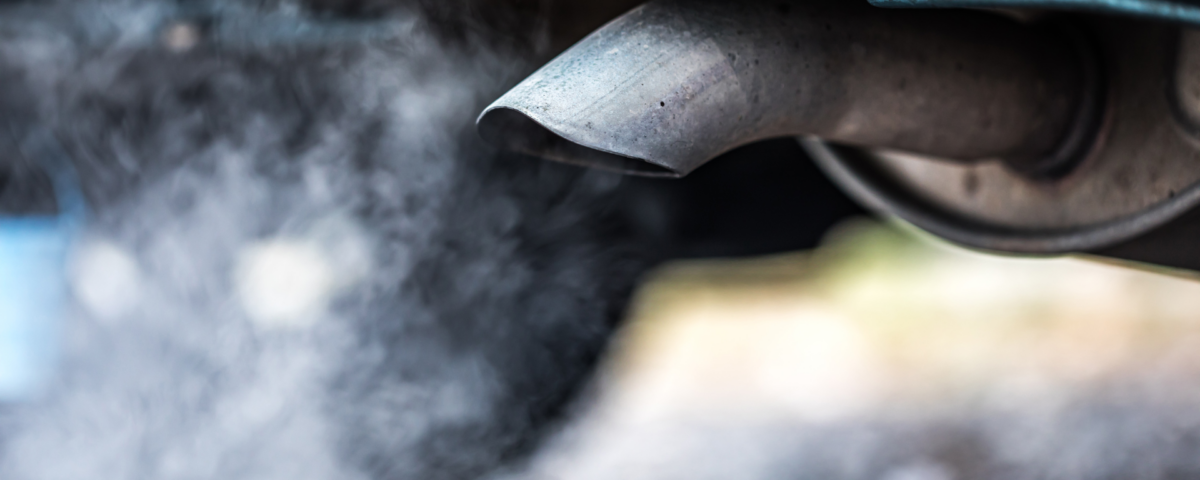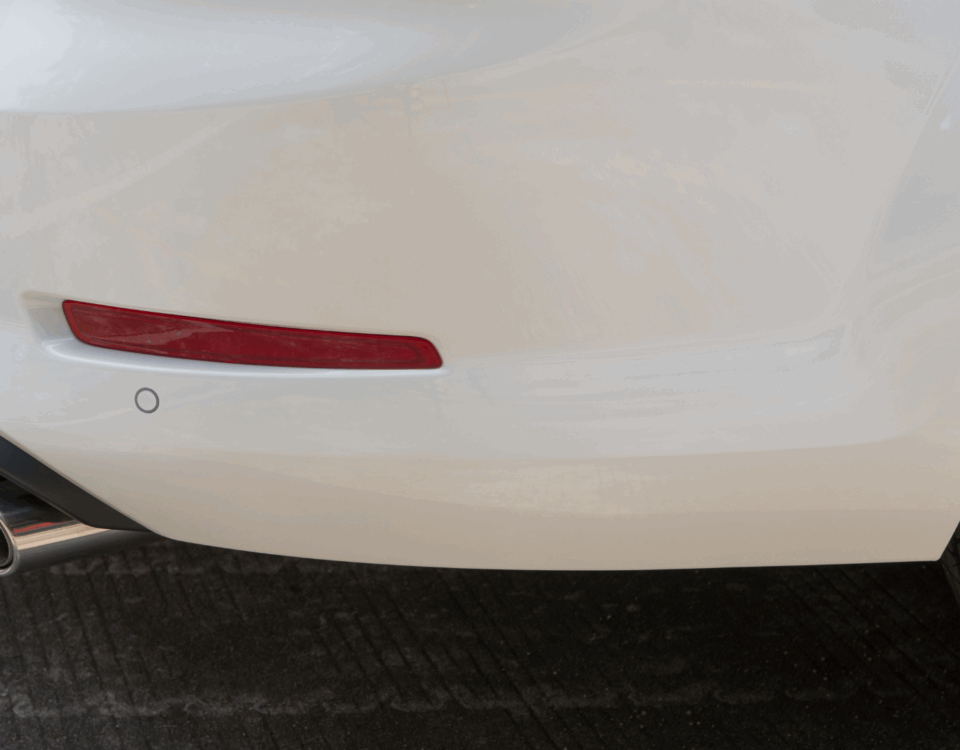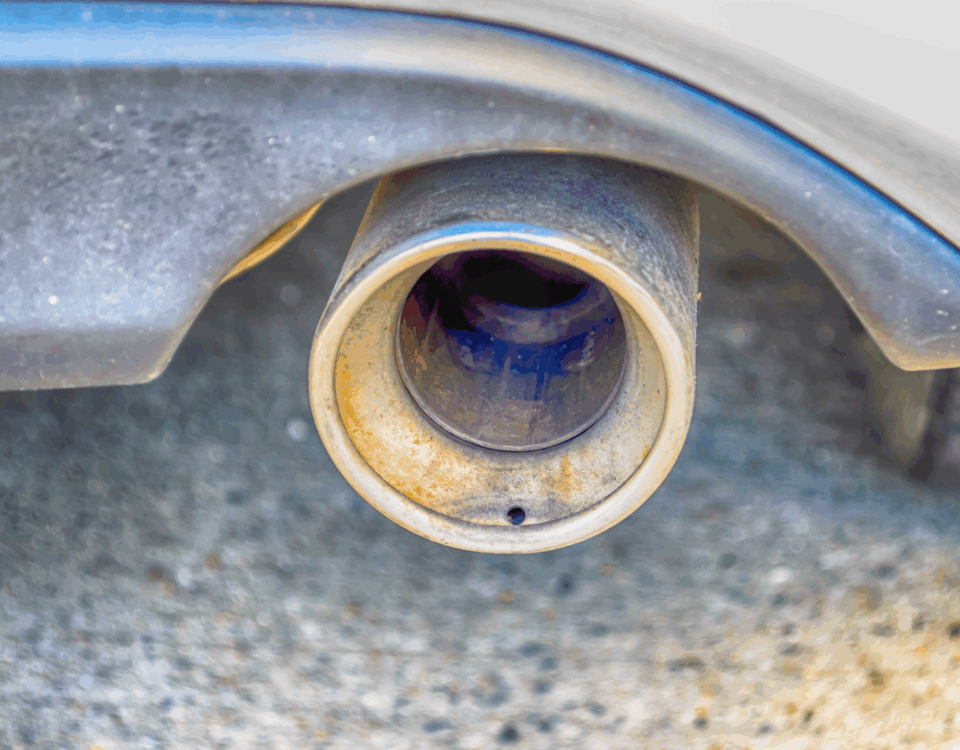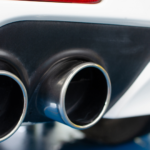
Smog Test: Why It’s Essential for Your Vehicle and the Environment
February 6, 2025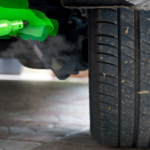
Everything You Need to Know About Smog Tests Before Your Next Inspection
February 6, 2025Understanding the Importance of a Smog Test for Your Vehicle
A Smog Test is a crucial requirement for many vehicle owners to ensure their cars meet emissions standards. This test is designed to minimize pollution and maintain air quality by checking the levels of harmful gases emitted from a vehicle’s exhaust. In states where smog checks are mandatory, failing the test can prevent you from renewing your registration or legally driving your car. Preparing properly for the test can save you time and money, avoiding costly repairs or retesting fees. Many factors influence the results, such as engine condition, fuel system efficiency, and emission control systems. Knowing what to expect before your appointment can help you take the right steps to ensure a smooth and successful outcome.
How to Prepare Your Car for a Successful Smog Test
Proper preparation is key to passing a Smog Test on the first attempt. One of the most important things you can do is perform regular maintenance on your vehicle. Start by checking and replacing your air filter, spark plugs, and engine oil, as a clean engine runs more efficiently and produces fewer emissions. Drive your car for at least 20 minutes before the test to allow the engine to reach its optimal operating temperature, as a cold engine can emit more pollutants. Additionally, ensure your check engine light is not on, as it will result in an automatic failure. If you recently had your battery replaced or disconnected, wait a few days before taking the test to allow the onboard diagnostics system to reset. Addressing minor issues in advance can significantly improve your chances of passing without complications.
Common Reasons Why Cars Fail a Smog Test and How to Avoid Them
Many vehicles fail a Smog Test due to common issues that could have been prevented with simple maintenance. One of the leading causes is a malfunctioning oxygen sensor, which affects fuel efficiency and increases emissions. If your vehicle has a dirty or faulty catalytic converter, it won’t be able to filter harmful pollutants effectively, leading to a failed test. Another frequent problem is a leaking or loose gas cap, which can cause an increase in evaporative emissions. Worn-out spark plugs and a clogged air filter can also lead to higher pollution levels. Regularly inspecting your vehicle and fixing these problems before your appointment can save you the hassle of retesting. Consulting a mechanic for a pre-inspection can help identify potential failures and allow you to address them before taking the official test.
The Role of Driving Habits in Passing a Smog Test
Your driving habits play a significant role in ensuring your vehicle is ready for a Smog Test. If you primarily take short trips, your car’s engine may not have enough time to fully warm up, leading to higher emissions. Longer drives at highway speeds help burn off carbon deposits and keep the catalytic converter functioning properly. Avoid excessive idling, as it can cause carbon buildup that affects emission performance. Using high-quality fuel and occasionally adding a fuel system cleaner can help keep your fuel injectors and combustion chambers clean. If your car is due for a test, consider a few days of moderate-speed highway driving before your appointment. These small adjustments can make a big difference in emission levels and improve your chances of passing.
What to Do If Your Vehicle Fails the Smog Test
Failing a Smog Test is frustrating, but there are steps you can take to address the issue. The first thing to do is review the test results to understand why your vehicle didn’t pass. If the failure is due to a minor issue, such as a gas cap or an overdue oil change, fixing the problem and retaking the test might be enough. However, if the issue is related to the catalytic converter, oxygen sensors, or exhaust system, a mechanic may need to perform more extensive repairs. Some states offer a waiver or assistance program for costly repairs, so check your local regulations for possible options. After repairs are complete, drive your car for at least 100 miles before retesting to ensure the onboard diagnostics system resets and provides accurate readings. Being proactive in addressing the failure will save time and prevent unnecessary expenses.
Read More:
Smog Test Requirements: What Drivers Must Know to Stay Compliant
Everything You Need to Know About Smog Tests Before Your Next Inspection



